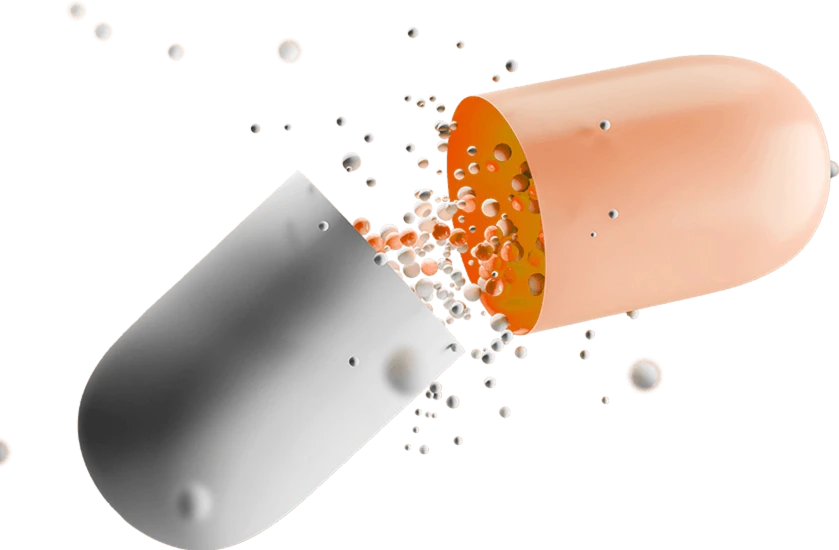- Afrikaans
- Albanian
- Amharic
- Arabic
- Armenian
- Azerbaijani
- Basque
- Belarusian
- Bengali
- Bosnian
- Bulgarian
- Catalan
- Cebuano
- Corsican
- Croatian
- Czech
- Danish
- Dutch
- English
- Esperanto
- Estonian
- Finnish
- French
- Frisian
- Galician
- Georgian
- German
- Greek
- Gujarati
- Haitian Creole
- hausa
- hawaiian
- Hebrew
- Hindi
- Miao
- Hungarian
- Icelandic
- igbo
- Indonesian
- irish
- Italian
- Japanese
- Javanese
- Kannada
- kazakh
- Khmer
- Rwandese
- Korean
- Kurdish
- Kyrgyz
- Lao
- Latin
- Latvian
- Lithuanian
- Luxembourgish
- Macedonian
- Malgashi
- Malay
- Malayalam
- Maltese
- Maori
- Marathi
- Mongolian
- Myanmar
- Nepali
- Norwegian
- Norwegian
- Occitan
- Pashto
- Persian
- Polish
- Portuguese
- Punjabi
- Romanian
- Russian
- Samoan
- Scottish Gaelic
- Serbian
- Sesotho
- Shona
- Sindhi
- Sinhala
- Slovak
- Slovenian
- Somali
- Spanish
- Sundanese
- Swahili
- Swedish
- Tagalog
- Tajik
- Tamil
- Tatar
- Telugu
- Thai
- Turkish
- Turkmen
- Ukrainian
- Urdu
- Uighur
- Uzbek
- Vietnamese
- Welsh
- Bantu
- Yiddish
- Yoruba
- Zulu
Nov . 07, 2024 18:00 Back to list
Uses and Benefits of Albendazole Tablets in Treating Parasitic Infections
The Uses of Albendazole Tablets An Overview
Albendazole, a broad-spectrum anthelmintic (anti-worm) medication, has been widely utilized in the treatment of various parasitic infections. Originally developed to combat infections caused by roundworms, tapeworms, and flukes, albendazole’s effectiveness and versatility have made it a staple in both clinical and veterinary medicine across the globe. This article explores the uses of albendazole tablets, their mechanism of action, indications for use, and some important considerations for patients.
Mechanism of Action
Albendazole works by inhibiting the polymerization of tubulin into microtubules, which ultimately disrupts the mitotic spindle formation in parasitic cells. This disruption leads to the immobilization and death of the parasites. Additionally, albendazole interferes with the glucose uptake of the helminths, depleting their energy stores and further contributing to their demise. This dual action makes albendazole a powerful agent against a variety of parasitic infections.
Indications for Use
Albendazole is often prescribed for several parasitic infections, which can be grouped primarily into two categories intestinal helminth infections and tissue infections
.1. Intestinal Helminth Infections Albendazole is effective against common intestinal parasites such as - Ascariasis (infection by Ascaris lumbricoides) - Enterobiasis (pinworm infection caused by Enterobius vermicularis) - Trichuriasis (whipworm infection caused by Trichuris trichiura) - Hookworm infections (caused by Ancylostoma duodenale and Necator americanus) - Strongyloidiasis (infection by Strongyloides stercoralis)
2. Tissue Infections It is also used for more severe conditions such as - Neurocysticercosis, a neurological condition caused by the larval stage of the pork tapeworm, Taenia solium. - Echinococcosis, a disease caused by Echinococcus granulosus, leading to the formation of cysts in various organs.
Dosage and Administration
Albendazole is generally administered in tablet form, and the dosage depends on the specific infection being treated, a patient’s age, and other clinical factors. In most cases, it is taken once or twice daily with food to enhance absorption. For certain infections like neurocysticercosis, prolonged treatment over several weeks is often required, monitored by healthcare providers.
albendazole tablet uses

Safety and Side Effects
While albendazole is generally well tolerated, some patients may experience side effects. Commonly reported adverse effects include - Nausea and vomiting - Abdominal pain - Headaches - Dizziness
Serious side effects are rare but can occur, including elevated liver enzymes and hypersensitivity reactions. For these reasons, periodic liver function tests may be recommended during treatment.
Special Considerations
1. Pregnancy and Breastfeeding Albendazole is classified as a pregnancy category C drug, meaning that it should only be used if the potential benefits outweigh the risks. Women who are pregnant or breastfeeding should consult their healthcare provider before using albendazole.
2. Drug Interactions Aldendazole can interact with other medications, particularly those metabolized by the liver. Patients should inform their healthcare provider about all medications and supplements they are taking to avoid potential interactions.
3. Resistant Strains In some cases, resistance to albendazole may develop. Therefore, if symptoms persist after treatment, follow-up consultation with a healthcare provider is crucial for further evaluation and potential alternative treatments.
Conclusion
Albendazole remains an essential tool in the arsenal against diverse parasitic infections. Its broad-spectrum efficacy and relative safety make it a preferred choice among healthcare providers worldwide. However, like any medication, it is vital for patients to use albendazole under the guidance of healthcare professionals and adhere to prescribed treatment regimens to ensure optimal outcomes. By understanding and utilizing this medication appropriately, we can continue to combat the burden of parasitic diseases effectively.
-
Guide to Oxytetracycline Injection
NewsMar.27,2025
-
Guide to Colistin Sulphate
NewsMar.27,2025
-
Gentamicin Sulfate: Uses, Price, And Key Information
NewsMar.27,2025
-
Enrofloxacin Injection: Uses, Price, And Supplier Information
NewsMar.27,2025
-
Dexamethasone Sodium Phosphate Injection: Uses, Price, And Key Information
NewsMar.27,2025
-
Albendazole Tablet: Uses, Dosage, Cost, And Key Information
NewsMar.27,2025













